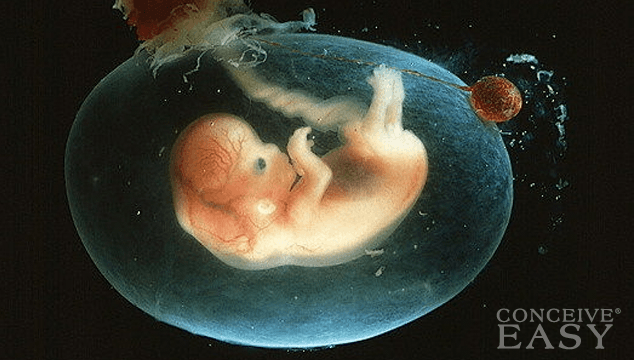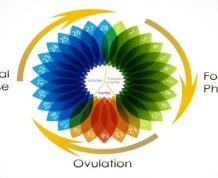Amniocentesis. Even the name sounds a bit scary, doesn’t it? Most women who have never had an amniocentesis don’t know much about it, but are very scared when they hear the word. We are going to talk about the amniotic fluid test called an amniocentesis today and try to clear up all the rumors, myths and misinformation surrounding this important test. Claim Your 20 Free Pregnancy Tests – Click Here

Amniocentesis is also sometimes known as the amniotic fluid test. The test involves your doctor obtaining a sample of your amniotic fluid, or the fluid that surrounds your baby in the uterus. This test is used for detecting chromosomal abnormalities that might be present in babies while they are still in the womb.
One of the most common conditions that an amniocentesis is used to check for is the presence of Down syndrome. It is also used to detect Trisomy in the fetus. Sometimes, if you are going to be having an early delivery, an amnio test can be done to determine how developed your baby’s lungs are.

An amniocentesis allows a couple to find out potential problems with their baby while the baby is still in the womb. The amnio test is usually done between 16 and 22 weeks gestation, and it is normally only done if the mother has a pregnancy that is at a high risk for chromosomal problems.
However, all women should have the option of getting an amniocentesis if they so desire. Since the test is invasive and does carry along with it a small risk of complications including miscarriage, usually doctors will not recommend it unless they feel it is absolutely necessary.

If your doctor recommends that you have an amniocentesis done, you will usually have to meet with a genetic counselor before having the test done. The purpose of the meeting with the genetic counselor is to inform you of both the risks and the benefits of having a test like this done. You do have to sort of prepare yourself for bad news if you are going to have an amniocentesis done, since that is always a possibility of finding out something not so great.
Some women wish not to have the test done. Others feel that even if they choose to continue the pregnancy if they find out their baby has a chromosomal defect, they like the idea of going into it prepared and well informed. An amniocentesis can help you to be more informed about your baby’s health.

If you do opt to have the amnio done, you will have an ultrasound to determine the baby’s basic measurements and also to see where he or she is at in the womb. You lie on your back on the exam table and your belly will be sterilized with a solution to reduce the risk of infections.
The doctor will use an ultrasound the entire time to pinpoint exactly where to draw the fluid from. The needle, which is very long and thin, will be inserted through your belly into the amniotic fluid sac. Usually no more than one ounce of fluid is removed. The process of extracting the fluid should take less than a minute.
The pain is usually not overpowering, and is pretty easy for moms to handle (We are tough, after all!) You will probably want to relax for at least the rest of the day after the procedure is done, since you might be a bit uncomfortable.

It might take up to two weeks for the results to come back after the test. After the results are in, you will meet with your doctor again and probably a genetic counselor again as well to discuss the results. If your baby is found to have a problem, you will have to make the choice on whether to terminate or continue the pregnancy.
That is a choice that no one can make for you, and is a personal and individual decision. The doctor and hospital will have resources available for you to help you consider your options no matter what your choice is.










Comments